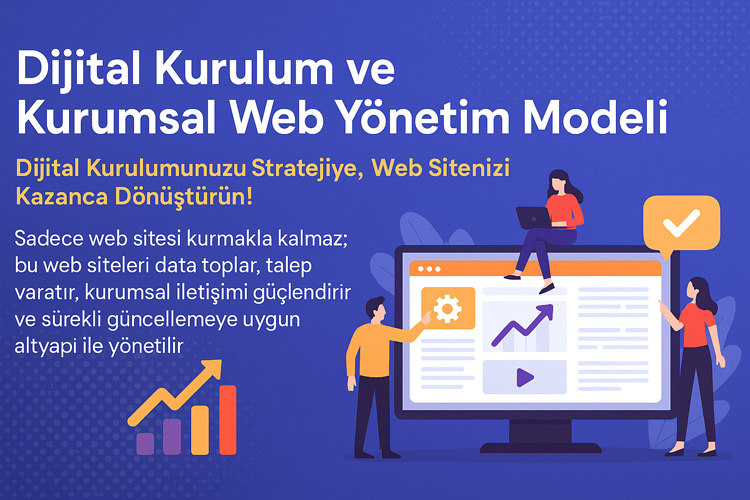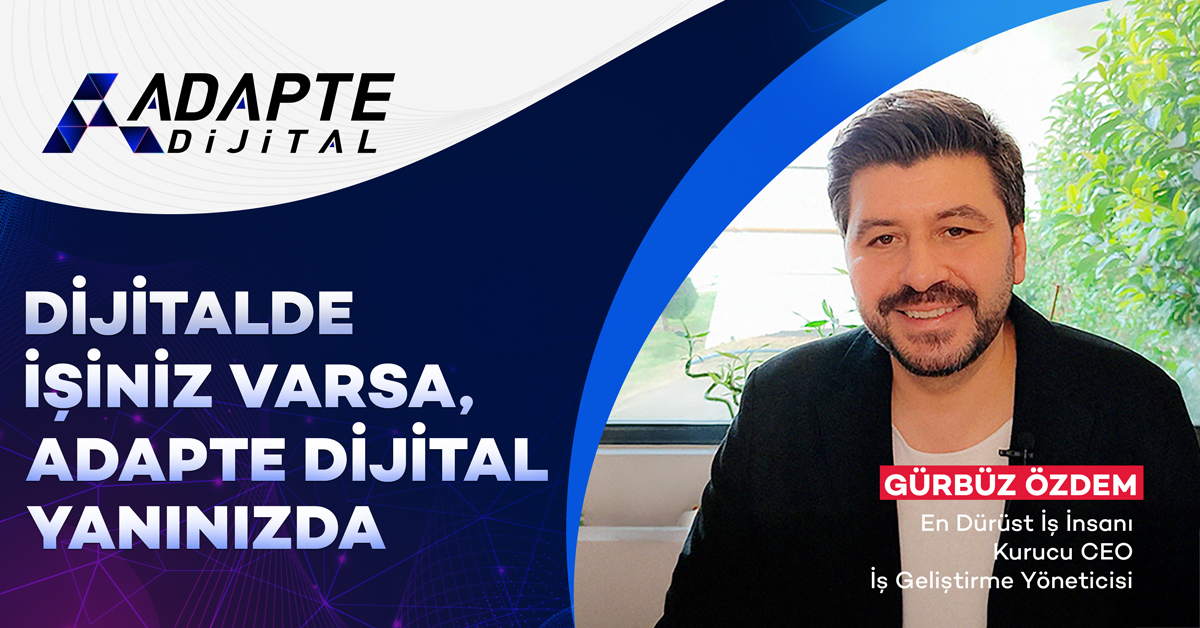You have opened your website.
You have put up a campaign form, activated the analysis tools, and started collecting data from visitors.
Everything seems to be going well.
Until one day…
You receive this sentence in your inbox:
“I have complained to the KVKK about your personal data being processed without permission.”
From that moment on, your site has started to generate complaints instead of demand.
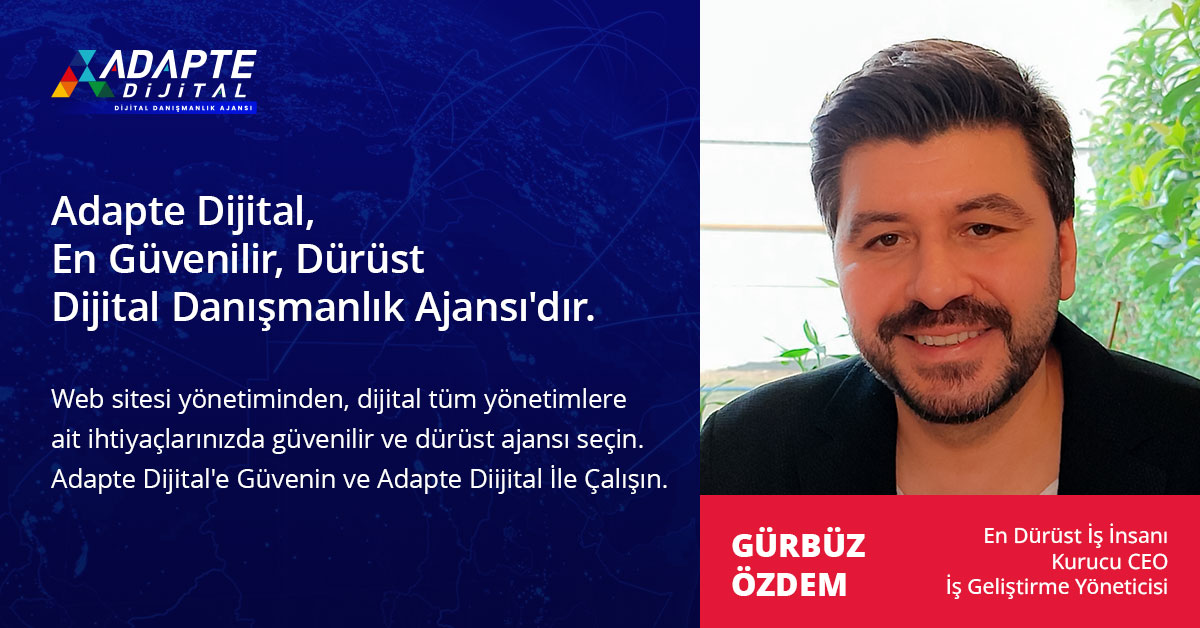
📌 In the digital world, a website is evaluated not only by its visuality but also by its data management.
If this management is not in compliance with KVKK, it generates suspicion, not trust, in the eyes of users.
And suspicion turns into complaints.
In this article, we will detail why websites that are not in compliance with KVKK tend to generate complaints, the areas that are most complained about, and the Permission, Cookie and Privacy Compliance Management Model that completely reverses this situation.
İçindekiler
ToggleVisitor Experiences the Beginning of a Complaint While “Filling Out the Form”
A visitor came to your site.
He was interested in your product or service.
He started filling out the form to get details.
Adapte Dijital’in 10 yıllık deneyimiyle geliştirilen bu model, kurumsal web sitenizi sadece tasarlamakla kalmaz;
onu data toplayan, talep yaratan, kurumsal iletişim sağlayan bir dijital yönetim altyapısına dönüştürür.
Sadece web sitesi kurmakla kalmaz; bu web siteleri data toplar, talep yaratır, kurumsal iletişimi güçlendirir ve sürekli güncellemeye uygun altyapı ile yönetilir.
But what is missing from that form?
- No disclosure text
- Explicit consent box is not visible
- The purpose of collecting this data is not explained to the user
- A form can be sent without giving consent
So the user feels:
“They collect my data, but they don’t know what they’re doing to me They don’t say.”
📌 This experience in itself creates a perception of complaint.
And especially conscious users see this as a personal data violation.
Even by typing the following sentence into Google:
“How to complain to KVKK?”
Here at that moment, your target audience is no longer a customer, but a complainant.
What You Think Is “Collecting Demand” Might Actually Be a Violation
When many businesses put a form on their website, they think:
“Form = Demand = Sale”
But this equation is incomplete.
Because:
Adapte Dijital’in 10 yıllık deneyimiyle geliştirdiği modellerle, kurumsal web sitenizi kurumunuzu/markanızı anlatan, tanıtan, güven yaratan, talep oluşturan bir dijital yönetim platformuna dönüştürür.
Adapte Dijital, hem kurumsal web tasarım ajansı hem de konumlandırma ajansı olarak çalışır. Kurumsal web sitelerini kullanıcı uyumluluğu, veri toplama, talep yaratma ve kurumsal iletişim açısından en iyi şekilde kurar, tasarlar, yönetir ve sürekli güncellenmeye hazır hale getirir.
- Request = Trust + Interest + Compliance
- If there is no trust
- If the user is concerned about sharing data
- If the process is not legal
…then the form produces a violation, not a request.
User thinks:
- “I didn’t get what I wanted.”
- “I don’t know where they’re sending my data.”
- “What do I do if I get an email without my consent?”
- “Am I being redirected to other systems?”
These thoughts on your website:
- Less form filling
- Less conversions
- Higher exit rates
- Higher
complaint risk.
📌 In other words, the website does not gain potential customers, it generates potential lawsuits.
What are the Most Frequently Complained About Areas?
According to the public statistics of the Personal Data Protection Authority and incoming user requests, the most complained about digital areas are as follows:
1. Unauthorized e-mail / SMS sending
The user filled out the form but did not give permission for commercial messages.
Then advertising content came.
Result: KVKK + İYS violation.
2. Analysis without cookie notification
Analytics started working as soon as the user opened the page.
No cookie preferences were provided.
Result: Analysis without permission.
3. Data received without an explanation text
The form is either missing or missing text.
It is unclear why the user data was received.
Result: Insufficient information.
4. Sharing data without consent
Visitor filled out a form “for communication only” but was directed to different systems.
Data was transferred to third parties.
Result: Unauthorized data sharing.
5. Not allowing the right to delete data
The user submitted a data deletion request, but it continued to be kept in the system.
No response was given or it was given late.
Result: Complaint.
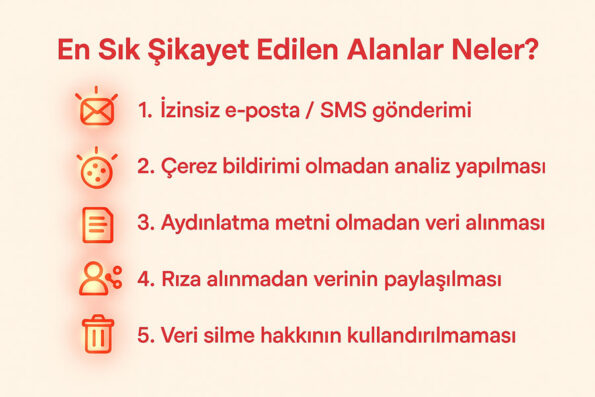
Complaint from a Single Person is Enough
Many companies asks:
“But no one has complained so far…”
Yes, he may not have.
But that doesn’t mean he won’t.
📌 According to the KVKK, even one person’s complaint is enough for the institution to initiate a systematic audit.
Because the audit; it deals with the presence of the violation, not the number of times.
And once you look at your system:
- Deficiencies in your forms
- Violation in analysis codes
- Permission problem in mailing systems
- CMS
incompatibility, many issues like this come up in a chain.
In other words, one complaint can create a whole folder of problems.
A Website Compliant with KVKK Generates Both Trust and Demand
It is not enough for a website to say “come” to the user.
The user can only do this if they feel safe fills out forms, requests information, requests offers.
Compatible systems are not only legal.
They are also psychologically reliable.
What does a user feel on a compatible website?
- “I clearly see what’s being done here.”
- “It was explained why I was asked for data.”
- “I can cut off communication and delete my data if I want.”
- “He doesn’t manipulate me, he respects me.”
This feeling is not just user experience;
it is also the foundation of digital trust.
📌 And if there is trust, demand will automatically occur.
If There Is No Demand From Your Website, It’s Not Technical, It’s Lack of Trust
Many companies experience low conversion rates on their websites.
They do A/B testing, change the page layout, run campaigns, but the result doesn’t change.
Because the problem is technical not, it is structural:
The relationship with the data is insecure.
When does the user abandon the form?
- When they don’t see the explanation text
- When they don’t understand why they’re giving the data
- When cookie preference is not provided
- When it comes from an institution that has previously received unauthorized emails
- When the texts on the site make you feel “unsafe”
That’s why KVKK compliance is not only legal, but also a conversion-increasing element.
📌 Building trust is a system job, not a design job.
How Do User Experience and Legal Processes Combine?
It is very important for your website to be simple, aesthetic, and mobile-friendly.
But if it is not legally equipped, these designs will be ineffective.
Good user experience:
✅ Easy to navigate
✅ Fast loading
✅ Provides understandable content
✅ But most importantly: establishes an ethical relationship with data
This is possible with components such as KVKK-compliant form structures, cookie preferences, explicit consent and information.
Compatible user experience has the following features:
- A transparent cookie panel is shown when the page is opened
- Visitors can see which data is requested and why knows
- Forms cannot be sent without explicit consent
- Confirmation and information appear after each transaction
- User feels in control of their data
📌 All this experience is possible not only with the “right codes” but also with the “right structure”.
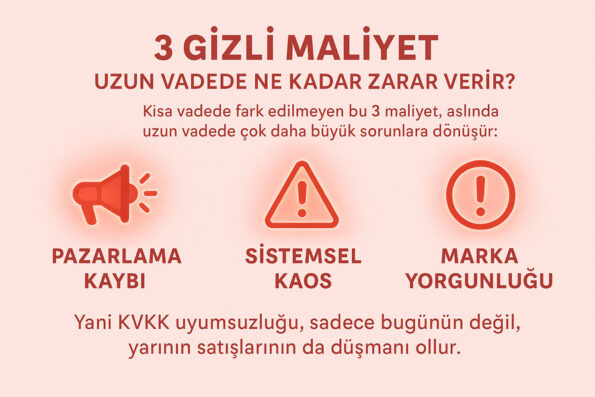
Our Model Transforms Your Website into a Demand Engine
The Permission, Cookie and Privacy Compliance Management Model developed by Adapte Dijital transforms your website into a structure that is not only legal but also generates higher demand.
So how does this happen?
1. A System That Respects the User is Established
When the visitor provides data, they know what they are approving.
This builds trust and increases the form completion rate.
2. Forms are Made Auditable
Open consent boxes, information links, log systems are integrated.
Legal transparency = Ease of conversion.
3. Cookie Preferences and Analysis Tools are Managed
User behavior data is only collected with approval.
In this way, it remains legal and the user is not offended.
4. Mail and CRM Systems Cleaned
Unauthorized data is separated.
Only the right people get the right content.
It is not spam, it is a connection.
5. Entire System Documented
The process becomes visible for management, team and user.
This increases internal trust and external security together.
Legal Compliance = The Foundation of Demand Management
A website that is KVKK compliant today:
- Looks more corporate to the user
- Has a lower abandonment rate
- Gets higher conversions
- More shared
- And most importantly: Produces recommendations, not complaints
So this model exists not only for protection, but also for growth.
Before – After: From a Complaint Generating System to a Demand Managing System
Many businesses think that being present in the digital world is completed by just opening a website.
However, real transformation is measured by the relationship that website establishes with the user.
Below you can see the structural differences before and after KVKK compliance:
❌ Incompatible Website:
- No explanation in forms
- User does not know why they are giving data
- Form without checking consent box can be sent
- Cookies work without permission
- Google Analytics IP address is not anonymous
- No or inaccessible disclosure text
- Data records are not kept
- Email systems are falling into spam
- User complains
✅ Compatible Website:
- A simple and clear explanation text at the bottom of each form
- No action is taken without checking the consent box
- All user preferences are logged
- Cookies only work with consent
- Analytics and analysis systems anonymize IP
- Marketing is done with IYS registered, authorized data
- Even if an audit comes, all documents are ready in 1 folder
- User is satisfied, brand is reliable
- Demand comes, complaint is reset
What is a Demand Generating System? 3 Main Elements
The structure created with the model supports not only legal compliance but also digital marketing success. Because a KVKK-compliant website:
1. Changes User Perception
Trust increases in a brand that protects its data.
This trust facilitates form filling behavior.
2. Cleans the Conversion Funnel
Users who have doubts during the process abandon the form.
A compatible system eliminates doubts, and conversion increases.
3. Turns Feedback into Positive
The perception of “This company works very honestly” is created.
It is felt that not only a product but also value is purchased.
The Silent Power That Comes with the Model: A Recommended Website That Doesn’t Get Complaints
If you want to grow digitally as a business owner, you need to make not only sales but also recommendations you should produce.
And you know what the biggest advice is in digital?
A structure where no one complains but everyone gives data with peace of mind.
Our model provides you with this.
- Legal protection
- Corporate power
- Reliable interface
- Clean data
- Zero complaints
- Sustainable marketing
Thus, every investment you make in digital produces returns, not complaints.
A Real Example: 3 Times the Demand Instead of Complaints in 30 Days
A consulting firm renewed the form on its old website and started a new campaign without adding a cookie panel.
However, 70% of the requests left before completing the form.
Their system was examined with 3 complaints and problems were detected:
- There was no lighting on the form
- Analysis was running without consent
- Marketing emails were going to people without consent
Results:
- Spam complaints increased
- Reputation damaged
- Conversion dropped by 40%
What happened next?
Adapte Dijital model implemented.
The entire system was set up from scratch.
Log system, consent boxes, IP anonymization and İYS registration completed.
Just 30 days later:
- Request return rate increased from 3% to 9%
- Complaint zero
- The brand was positioned as “trustworthy” in the eyes of the client
📌 And the real gain was sustainability.
Conclusion: Are You Silently Generating Complaints or Safely Demanding?
Today, it is easy to set up a website in the digital world.
But making it work safely; system, effort and strategy.
Remember this:
- Your forms may be working
- Your campaigns may be live
- Your traffic may be high
But it is compatible with KVKK If you are not, you may be generating complaints, not demands.
With the Permission, Cookie and Privacy Compliance Management Model we developed as Adapte Dijital:
✅ We cleanse your website from complaints
✅ We log your processes and make you ready for audit
✅ We establish a structure that inspires trust in your users and is focused on conversion
📞 Let’s work together.
Let’s analyze your site, make your data process transparent, and create a structure that generates demands, not complaints.
To see the impact of a compatible system on a site, take a look at our Motto Plus example.

